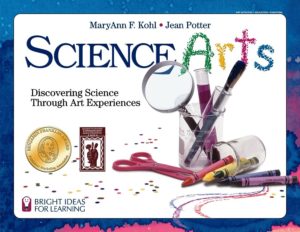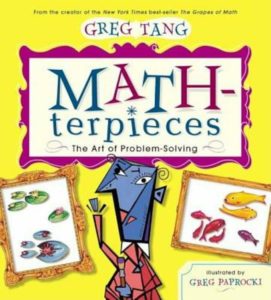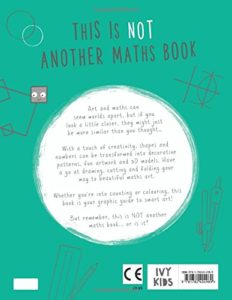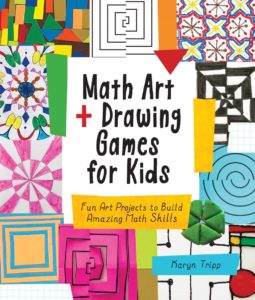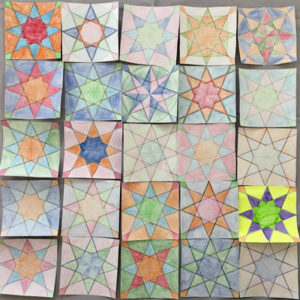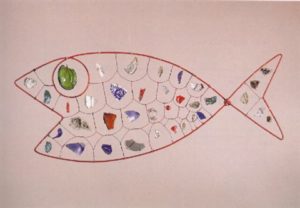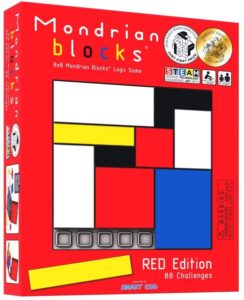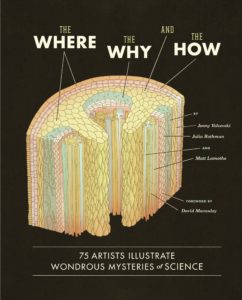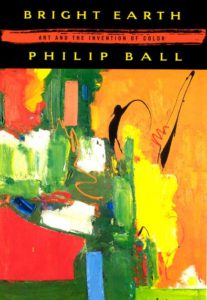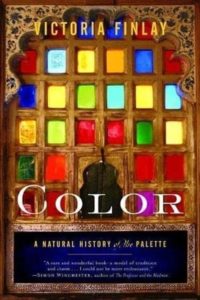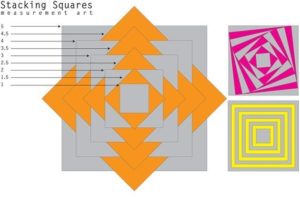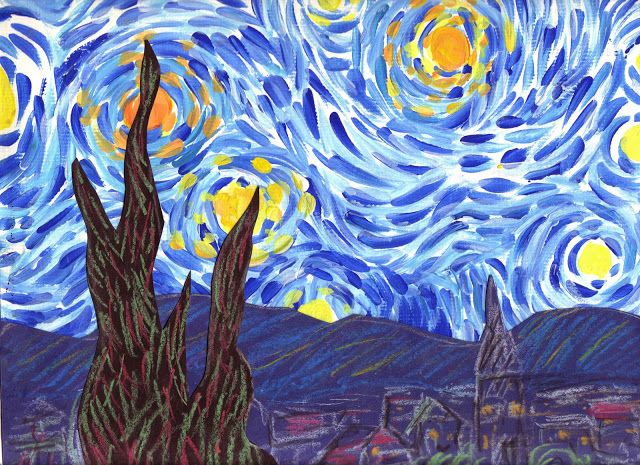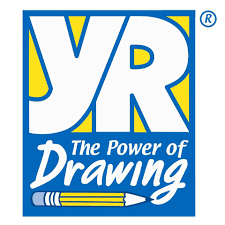 |
The Young Rembrandts Program – founded in 1988 – uses a step-by-step method to teach kids drawing. Now a national franchise, Young Rembrandts provides drawing classes for preschoolers (ages 3 ½ – 5) and elementary-level students (6-12). See the website to learn more about the program or to locate classes in your area. |
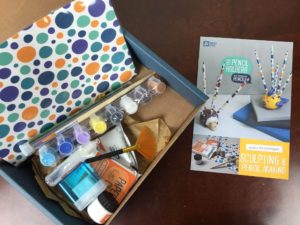 |
From KiwiCo, Doodle Crate is a monthly box of quality art materials, instructions, and suggestions, available by subscription. For example, kids made a cool wooden clock, sumi-e wash paintings, and colorful votive candles. For ages 9-16. |
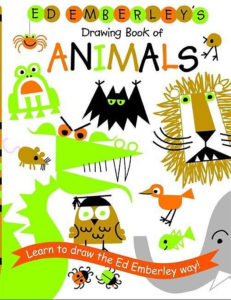 |
Ed Emberley’s wonderful step-by-step drawing books are terrific for ages 7 and up. Many titles, all fun. For free downloadable samples, see Ed Emberley’s Drawing Pages. |
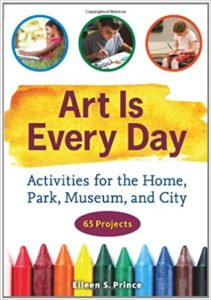 |
Eileen S. Prince’s Art Is Every Day (Chicago Review Press, 2012) is a collection of 65 great art project ideas that can be done at home or out and about – every day. Among these: make paper-bag puppets, try paper weaving, make vegetable prints or a photo-design quilt, write a story about a painting, invent cartoon characters, and much more. For ages 5 and up. |
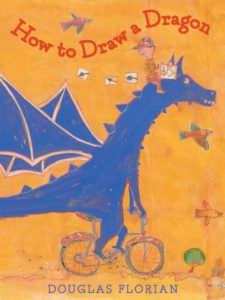 |
Douglas Florian’s How to Draw a Dragon (Beach Lane Books, 2015) is a terrific rhyming picture-book on – yes – how to draw a dragon. (“Drawing dragons isn’t hard/Drag a dragon to your yard/Dragons may be large in size/You’ll need lots of art supplies.”) Read and prepare to draw dragons! For ages 5-9. |
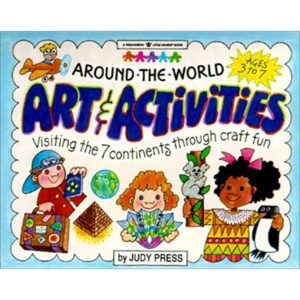 |
In Judy Press’s Around the World Art and Activities (Williamson Publishing, 2000), kids tour the continents, having their homemade passports stamped and making dozens of art projects along the way. Among these are a Masai necklace and a Greek vase, a set of nesting Russian dolls, an Indian elephant, and a model Eiffel Tower. For ages 5-9. |
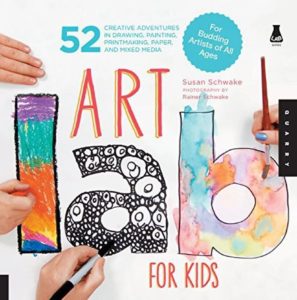 |
Susan Schwake’s Art Lab for Kids (Quarry Books, 2012) – subtitled “52 Creative Adventures in Drawing, Painting, Printmaking, Paper, and Mixed Media” – is a photo-illustrated collection of inventive projects, each paired with an example of work by a professional artist. Arranged as weekly lessons. An excellent resource for ages 6 and up. |
|
Also see Art Lab for Little Kids (Quarry Books, 2013, which has 52 projects targeted at ages 4-6. |
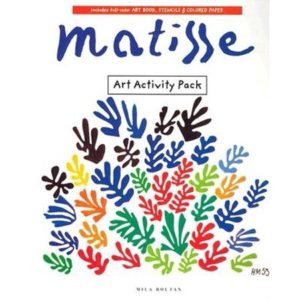 |
In Mila Boutan’s Art Activity Pack Series (Chronicle Books), each pack contains a paperback book about the featured artist and materials for a related art project. The Matisse Art Activity Pack, for example, comes with stencils and colored paper for making Matisse-style cut-paper collages. Activity Packs are available for Matisse, Picasso, Van Gogh, Cezanne, and Monet. |
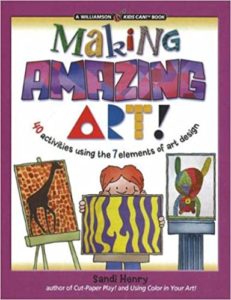 |
Sandi Henry’s Making Amazing Art (Ideals Publications, 2007) shows readers how to use the seven elements of design (line, shape, form, color, value, texture, and space) to make – well, amazing – works of art. Techniques used include grid drawing, cut-out collage, and texture rubbing. Among the projects: a Complementary Color Puzzle, in which kids cut and glue shapes of complementary colors to make an abstract collage. For ages 7-13. |
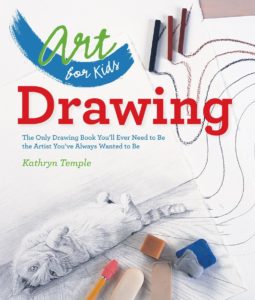 |
Kathryn Temple’s Art for Kids: Drawing (Sterling, 2014) is a step-by-step instruction book on drawing in pencil. Eight chapters deal with shapes and lines, light and shadow, proportion and scale, perspective, and drawing faces and bodies. Many creative exercises. For ages 8 and up. |
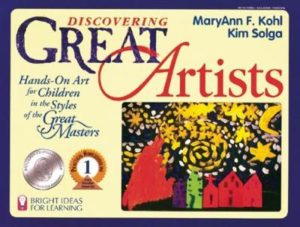 |
MaryAnn Kohl’s Discovering Great Artists: Hands-On Art for Children in the Styles of the Great Masters (Bright Ring Publishing, 1997) combines brief biographies of 75 famous artists with particularly cool projects using a range of media, including paint, chalk, pen-and-ink, sculpture, photography, collage, and more. The book is divided into four sections: Renaissance and Post-Renaissance, Impressionists and Post-Impressionists, Expressionists and Surrealists, and Modern and Folk Art. A common complaint is that the book is in black-and-white, which means that the reproductions of the artists’ works aren’t all that great. But there’s a lot of not-to-be-missed stuff here. For ages 4-12. |
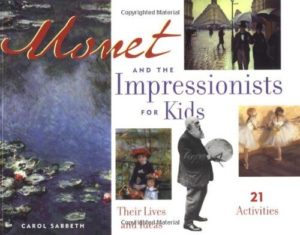 |
Carol Sabbeth’s Monet and the Impressionists for Kids (Chicago Review Press, 2002) combines a history of the impressionist movement and biographies of famous impressionist painters with 21 hands-on art-related projects and activities. Among these are planting a Monet garden (in a flowerpot), drawing faces in the style of Renoir, writing a story based on a Cassatt picture, and painting a Cezanne-style still life. Included are many color reproductions of artworks. For ages 10 and up. |
|
In the same format from Chicago Review Press, see Carol Sabbeth’s Van Gogh and the Post-Impressionists for Kids, Janis Herbert’s Leonardo da Vinci for Kids, and Michael Ross’s Salvador Dali and the Surrealists for Kids. |
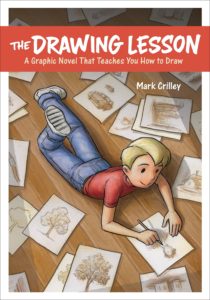 |
The Drawing Lesson by Mark Crilley (Watson-Guptill, 2016) is an award-winning graphic novel that teaches you how to draw – along with David, a hopeful young artist, who meets a mentor in the park. For ages 9 and up. |
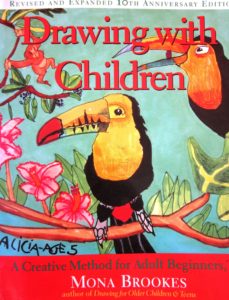 |
Mona Brookes’s Drawing with Children (Jeremy P. Tarcher, 1996) is a creative lesson-by-lesson approach to drawing highly recommended for kids and beginning adults. |
|
Also by Brookes, see Drawing for Older Children and Teens (Jeremy P. Tarcher, 1991). |
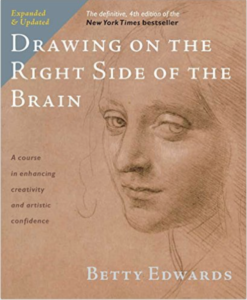 |
Betty Edwards’s Drawing on the Right Side of the Brain (Jeremy P. Tarcher, 2012), now in its 4th edition, is touted as the world’s most widely used drawing instruction book. For teens and up. |
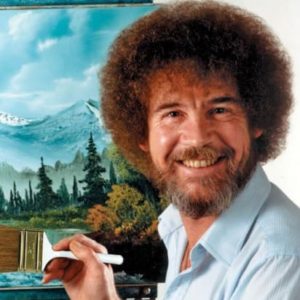 |
Paint along with Bob Ross! Art instructor and painter Bob Ross was the host of the popular PBS series The Joy of Painting. Episodes are available on YouTube. |
|
Master Kitz are packaged art kits containing all the tools for kids to recreate such masterpieces as Van Gogh’s Sunflowers and Starry Night, Monet’s Waterlilies, and Hokusai’s Great Wave. |
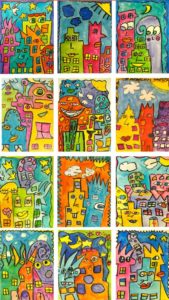 |
Deep Space Sparkle has art lesson plans and teaching resources for K-6, categorized by grade, subject, and technique. Various subject categories include Birds, Animals, Nature, Art and Literature, Architecture, and The Masters. |
|
Famous Artist Crafts for Kids includes hands-on projects based on the works of Van Gogh, Monet, Warhol, Miro, Mondrian, Seurat, Pollock, and Matisse. |
|
Check out this great Pinterest page on Kids Art from Famous Artists. Projects include everything from Warhol soup cans to Escher tessellations, Chihuly sculptures, and Kandinsky circle paintings. |
|
Art Library is a terrific resource: a wide-ranging collection of lesson plans, multi-lesson courses on learning to draw, watercolor, and cartoon, a long list of artist’s biographies, a student art gallery, and the National Standards for Art Education (for grades K-4 and 5-8). |
|
KinderArt has painting, drawing, printmaking, sculpture, recycled art, and art history and appreciation lessons, variously categorized by medium, theme, age, or grade. Click on Art 101 for color-mixing projects and exercises, articles on art education, and a long list of the birthdays of famous artists. |
|
That Artist Woman has dozens of excellent hands-on projects for a wide range of ages, variously categorized under 3D Sculpture, Paint & Paper, Textiles, Mixed Media, Art Elements (which focuses on the basics of art education), Seasonal Projects, and Writing and Visual Arts Projects. |
|
From No Time for Flash Cards, Artist Inspired Art Projects for Kids includes clever hands-on projects for elementary-level students based on the works of Emily Carr, Hokusai, Jasper Johns, Kandinsky, Matisse, Money, Poll0ck, Seurat, and Van Gogh. Projects are paired with picture books. |
|
Learn your artists! Make this Masterpiece Memory Game. |
|
Museum Masters covers art appreciation for kids. For each featured artist, there’s background information, fun facts, a photo or portrait of the artist and samples of his/her work, a related hands-on project, and book suggestions. |
